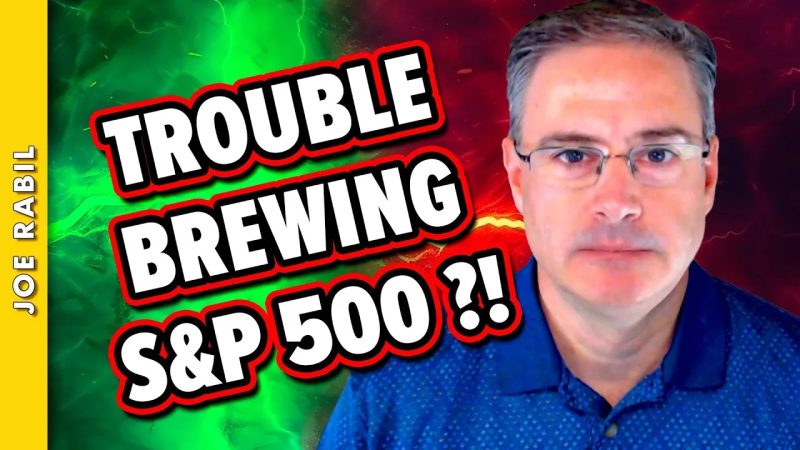Avoiding the Pitfalls: Understanding the Warning Signs of a Potential S&P 500 Downturn
Market watchers and investors are constantly on high alert, looking for any signs that could portend a downturn in the S&P 500 index. As the benchmark of the U.S. equity market, the S&P 500 is closely watched for indications of broader economic health and stability. However, predicting market movements is no easy task, and false alarms can lead to poor decision-making. By understanding the warning signs of a potential downturn and remaining vigilant without succumbing to knee-jerk reactions, investors can better navigate the ups and downs of the market.
One key indicator to watch for is a flattening yield curve. The yield curve – the relationship between short-term and long-term interest rates – can provide important insights into economic conditions. When the yield curve flattens or inverts, with short-term rates equal to or higher than long-term rates, it may signal an impending recession. Historically, an inverted yield curve has often preceded economic downturns and stock market declines. As such, investors should closely monitor changes in the yield curve for any potential warnings.
Another red flag to be wary of is slowing corporate earnings growth. Earnings are a fundamental driver of stock prices, and a sustained decline in corporate profits can put downward pressure on the market. Companies reporting weaker-than-expected earnings or revising their forecasts downward could indicate underlying problems in the economy. Furthermore, high levels of corporate debt and declining profit margins may point to increased financial vulnerability, making stocks more susceptible to market downturns.
Moreover, geopolitical factors and external shocks can also contribute to market volatility. Events such as trade disputes, political unrest, natural disasters, or global economic slowdowns can impact investor sentiment and trigger market selloffs. Changes in government policy or regulations can also have profound effects on specific sectors or industries, leading to broader market turbulence. While it may be challenging to predict the timing and magnitude of such events, staying informed and being prepared for potential disruptions can help investors weather the storm.
Additionally, market valuation metrics can offer valuable insights into whether stocks are overvalued or undervalued. Price-to-earnings ratios, price-to-book ratios, and other valuation measures can help investors assess the relative attractiveness of stocks. High valuation levels may indicate that stocks are expensive and vulnerable to a correction, while low valuations may present buying opportunities. Monitoring valuation metrics in conjunction with other warning signs can provide a more comprehensive view of market conditions.
In conclusion, keeping a watchful eye on warning signs of a potential S&P 500 downturn is essential for investors seeking to protect their portfolios and make informed decisions. By understanding the implications of key indicators such as the yield curve, corporate earnings growth, geopolitical events, and market valuations, investors can better position themselves to navigate volatile market conditions. While predicting market movements with certainty is impossible, staying informed and proactive can help investors prepare for potential downturns and seize opportunities in the ever-changing landscape of the stock market.

